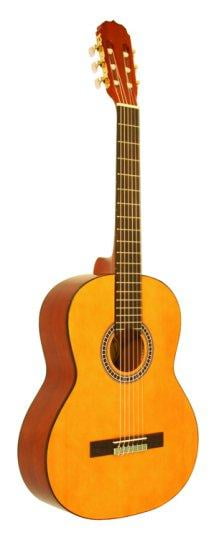
- Egmond acoustic guitar model no 10 serial numbers#
- Egmond acoustic guitar model no 10 serial number#
The first guitar in this new system was A 100 which was in April of 1947. The new system used a letter to prefix the numbers.
Egmond acoustic guitar model no 10 serial numbers#
Once the serial numbers hit 99999, Gibson decided to change to a new system, rather than go into 6 digits.
Egmond acoustic guitar model no 10 serial number#
The first serial number for acoustic guitars was 100. The serial numbers shown represent the approximate last serial number for that year. The chart below shows the year that relates to the serial number. Guitars were just given the next available number. The following serial numbers apply just to Gibson acoustic guitars.ĭuring this period, the system was actually relatively simple. Let’s take a look at the different time periods of serial numbers from Gibson Guitars.

So, you may not be able to accurately determine anything about your guitar using the serial number alone. Good question! And the answer is simple – serial number system, used up until 1977., wasn’t the easiest or most reliable system. So, why discuss all these other aspects when this post is supposed to be about Gibson serial numbers? Though, remember that an older instrument could have had these items replaced, so it’s not a definite clue.

Now before someone has a hissyfit that i’ve ruined a “vintage” guitar, and diminished it’s value, remember it had already been painted five times before.

An outstanding job! Shoot, ol Wilson Picket hisself played this guitar back in 66 or67. I just wish he could have seen the finished guitar. passed and he did get to see the oak veneer and he really liked it. I had started the refinish project before Charles. Never stripped! Just sanded and a new color applied. This guitar had been re-painted five times previously. I replicated the pickguard in carbon fiber. I refinished the guitar by veneering the top in oak and a sunburst finish was added. I’m a short fella, as are my extremities. I’ve been aquainted with this guitat since 1965. I have (and cherish) a1957 Fender Duo-Sonic, that was “willed” to me by a very dear friend who passed on a few years ago.


 0 kommentar(er)
0 kommentar(er)
